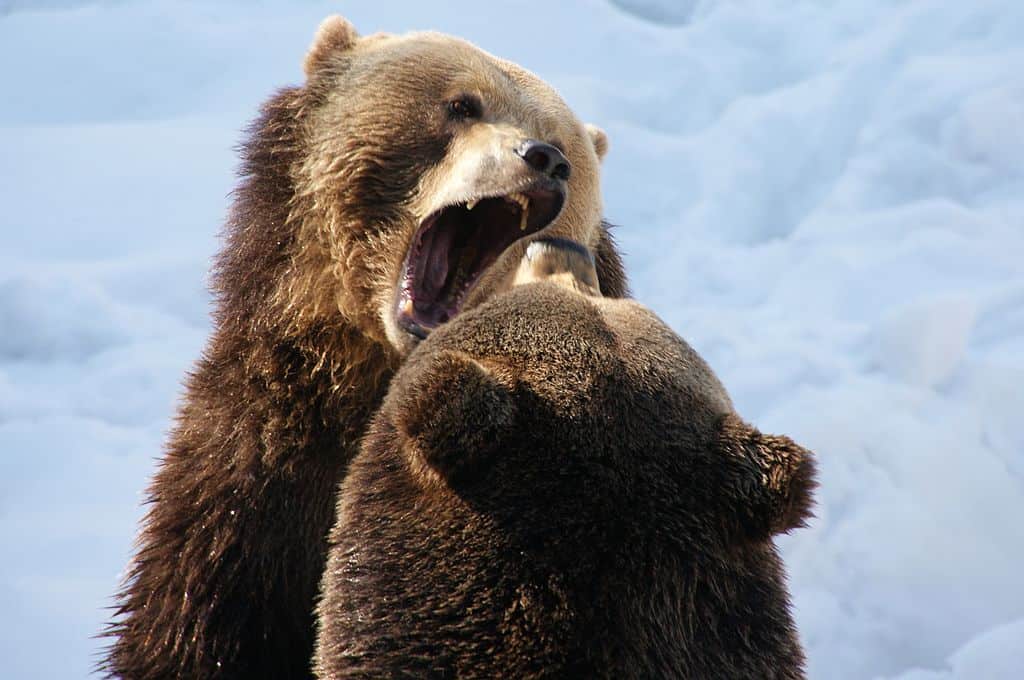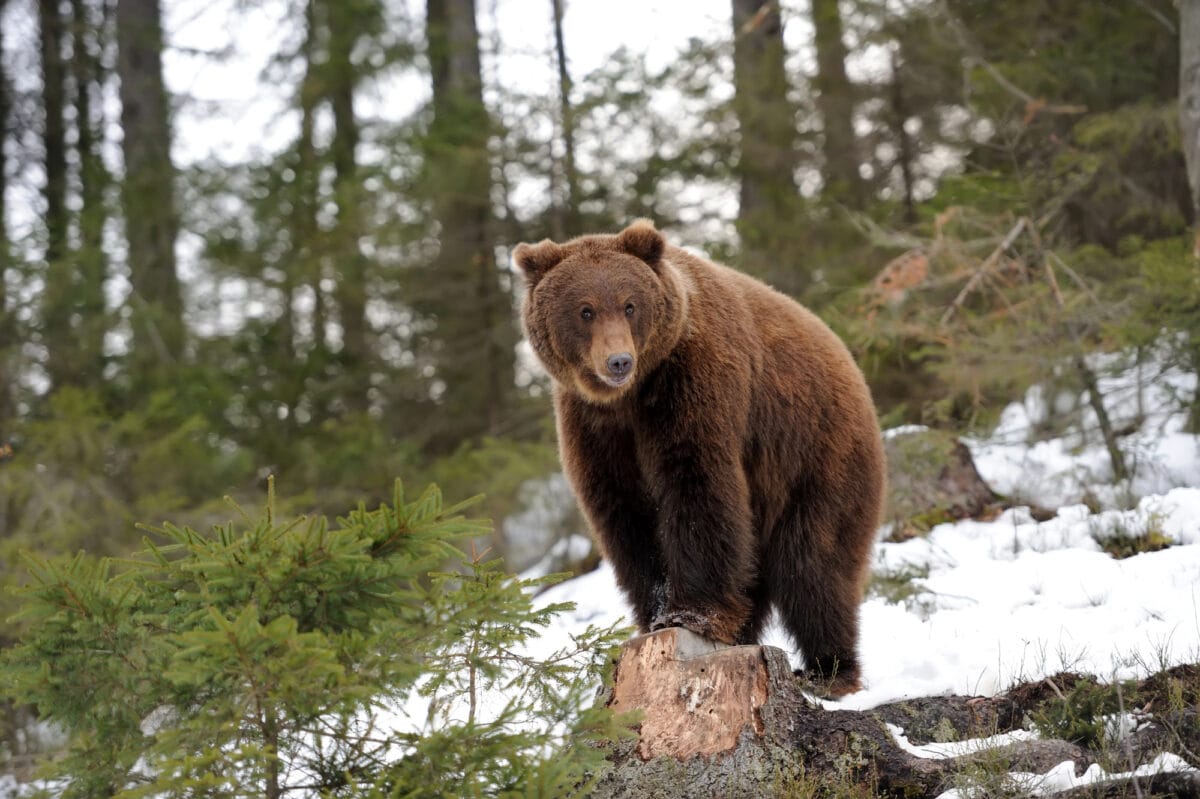The majestic brown bear, scientifically known as Ursus arctos, is one of the most iconic wildlife species in North America. Known for their impressive size and strength, brown bears inspire both wonder and respect. Although they can be found worldwide, brown Bears are primarily found in Alaska and the northern parts of the contiguous states in the United States. However, several states do not have brown bears, making them safe from potential bear encounters.
The Habitat and Range of Brown Bears

Brown bears thrive in a variety of habitats, from coastal regions to forests and mountain areas. They are omnivores, with diets varying based on location and season, including fish, berries, and small mammals. In the United States, they are mainly concentrated in Alaska, Montana, Wyoming, Idaho, and Washington. These states provide the necessary rural and wild landscapes, ample food supply, and lower human presence that brown bears prefer.
Factors Determining Bear Presence

The presence of brown bears in a particular state depends on several factors, including the availability of suitable habitat, geographical barriers, historical ranges, and human impact over time. States with vast wilderness areas, abundant food resources, and low human populations are more likely to support brown bear populations. Conversely, areas with urban development, high human activity, and insufficient natural habitats are unlikely to host brown bears.
States Without Brown Bears

Numerous U.S. states are free from brown bears. These include much of the Midwest, the Great Plains, and the Southeast. States like Illinois, Indiana, Ohio, Kansas, and Texas do not provide the necessary habitat or conditions for brown bears to thrive. Furthermore, human settlement and agricultural development have long since deterred these large mammals.
The reasons for bears absence in these states are largely ecological. Flat, densely populated, and agricultural landscapes are unfavorable for brown bear habitation. Additionally, these states lack the rugged, forested, or mountainous terrain that brown bears favor.
The Role of Human Activity

Human activity has significantly impacted the distribution of brown bears in the United States. Historically, hunting and habitat destruction have driven bears from regions where they once roamed freely. As human populations expanded, many bear habitats were altered or eliminated, leading to their current distribution. Conservation efforts have aimed to stabilize bear populations, but their presence is still mainly restricted to areas with minimal human disturbance.
Understanding Bear Safety

Understanding bear behavior and safety is crucial for those who reside or travel through bear-populated regions. While brown bears rarely attack humans, conflicts can arise if they feel threatened or are protecting their young. By being informed and prepared, people can safely coexist with these magnificent creatures, even in areas where they are present.
Conclusion

Brown bears are a remarkable part of the natural world, offering invaluable insights into the ecosystems they inhabit. However, many U.S. states remain free from bears due to a combination of geographical, ecological, and human factors. Understanding where brown bears are and are not found can help people appreciate these animals from a safe distance and contribute to conservation efforts that ensure their continued presence in North America’s wilderness.
- 12 Fascinating Shark Facts And 3 That Are Totally Wrong - August 21, 2025
- 11 Animals That Can Clone Themselves - August 21, 2025
- 15 Cat Breeds Vets Secretly Wish You’d Stop Buying - August 21, 2025

